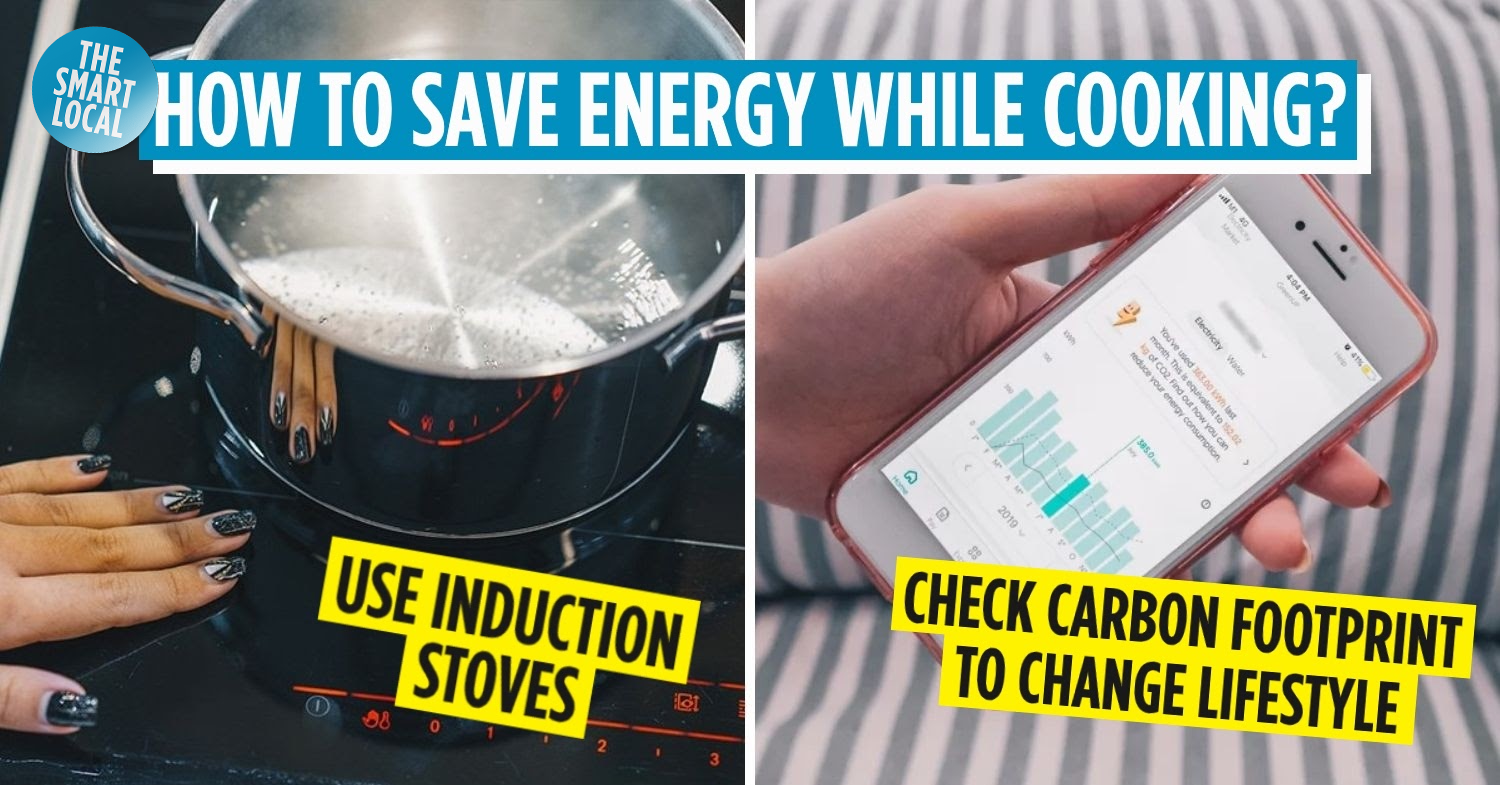Cooking tips to save electricity
When we’re whipping up a storm in the kitchen, we probably can’t concentrate on anything other than ensuring our food turns out just right. Applying cooking tips to save electricity is probably the least of our worries – that is, until we lay eyes on our utilities bill for the month, or find out just how much a simple cooking session can impact our environment.
Before our masterchef endeavours leave us with another rude awakening, it’s time to find ways to curb our energy usage and carbon footprint. From investing in energy-efficient appliances to cooking meals in bulk, here are 7 easy ways to bring your electricity bill down.
1. Use energy-efficient appliances like pressure cookers & air-fryers
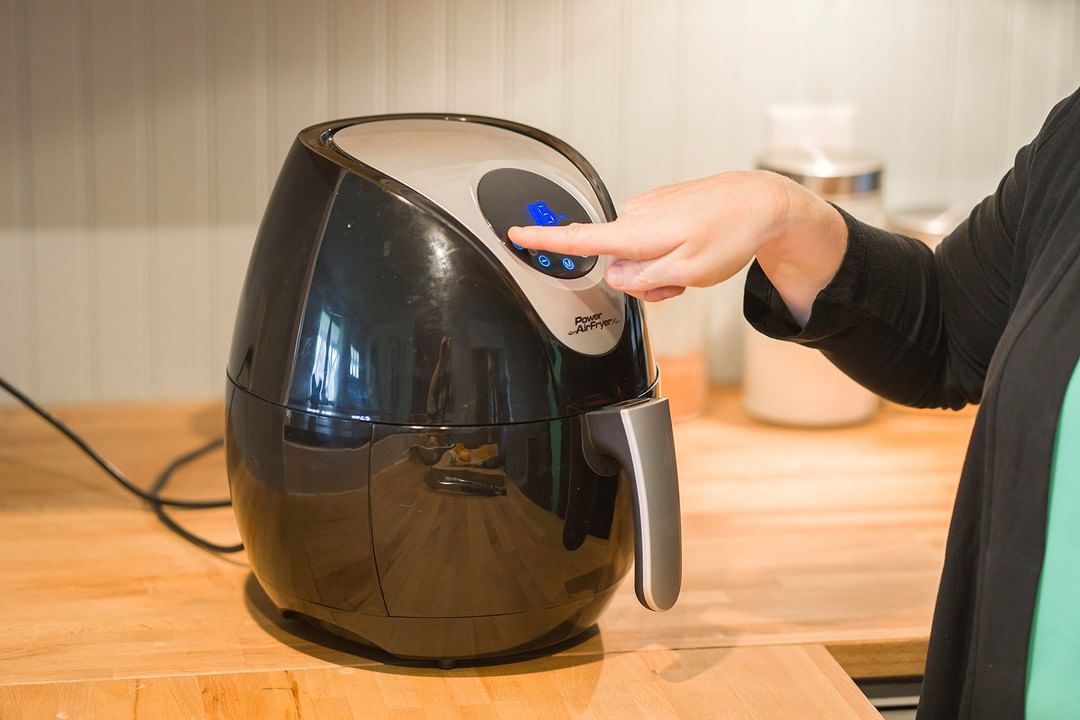 Air fryers cook your food much faster than your regular oven
Air fryers cook your food much faster than your regular oven
Image credit: @vegetarianmamma
Picture cooking, and you’ll probably think about frying ingredients in a basic pot or pan. But times have changed, and these days, there are so many different kinds of kitchen appliances you can invest in.
Some are actually much more energy-efficient than your trusty traditional crockery. Take for instance, a pressure cooker, where its usage of steam pressure translates into speedier cooking, or an air fryer, which reduces cooking time by about 25%.
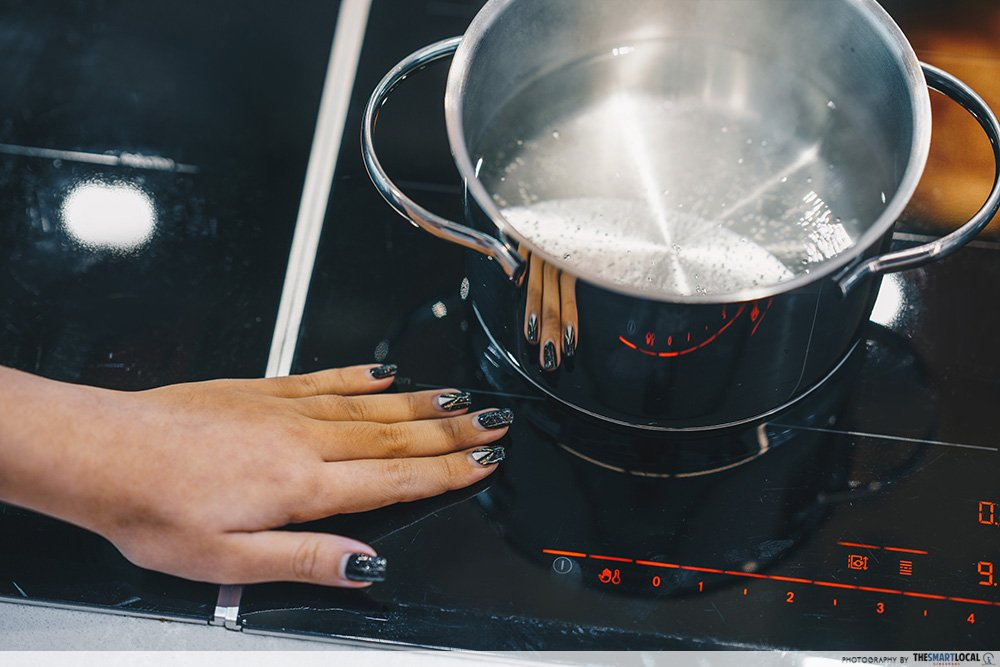 Apart from being more energy-efficient, induction stoves are also much safer to use.
Apart from being more energy-efficient, induction stoves are also much safer to use.
Even your stoves and ovens have more energy-efficient alternatives. Induction stoves, for example, generally don’t require as much energy as gas stoves. Additionally, go for a convection oven, as it provides more heat circulation than your regular oven. That means you can cook your food at lower temperatures, and for a shorter amount of time as well.
2. Use appropriate cookware to save energy
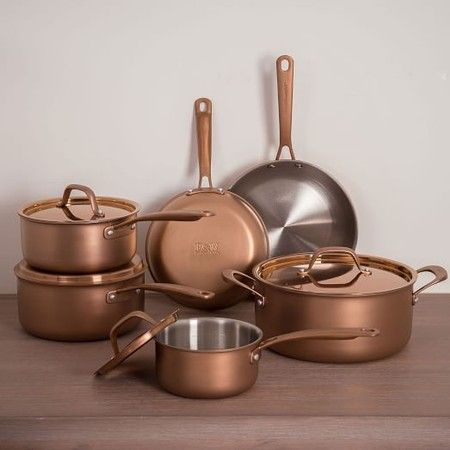
Image credit: Pinterest
As we learnt in primary school, metals are great conductors of heat. However, some metals heat up faster than others. Copper, for example, heats up much faster than steel, and when used for cooking, can reduce the time by half. Even cast-iron pans are great alternatives for cooking methods like braising, as they retain heat better.
Additionally, budding and professional home bakers alike should consider picking up ceramic or glass-bottomed pans. These pans generally hold heat much better than the metal ones, meaning you can set the oven temperature up to 25 degrees lower than the stated temperature in the recipe.
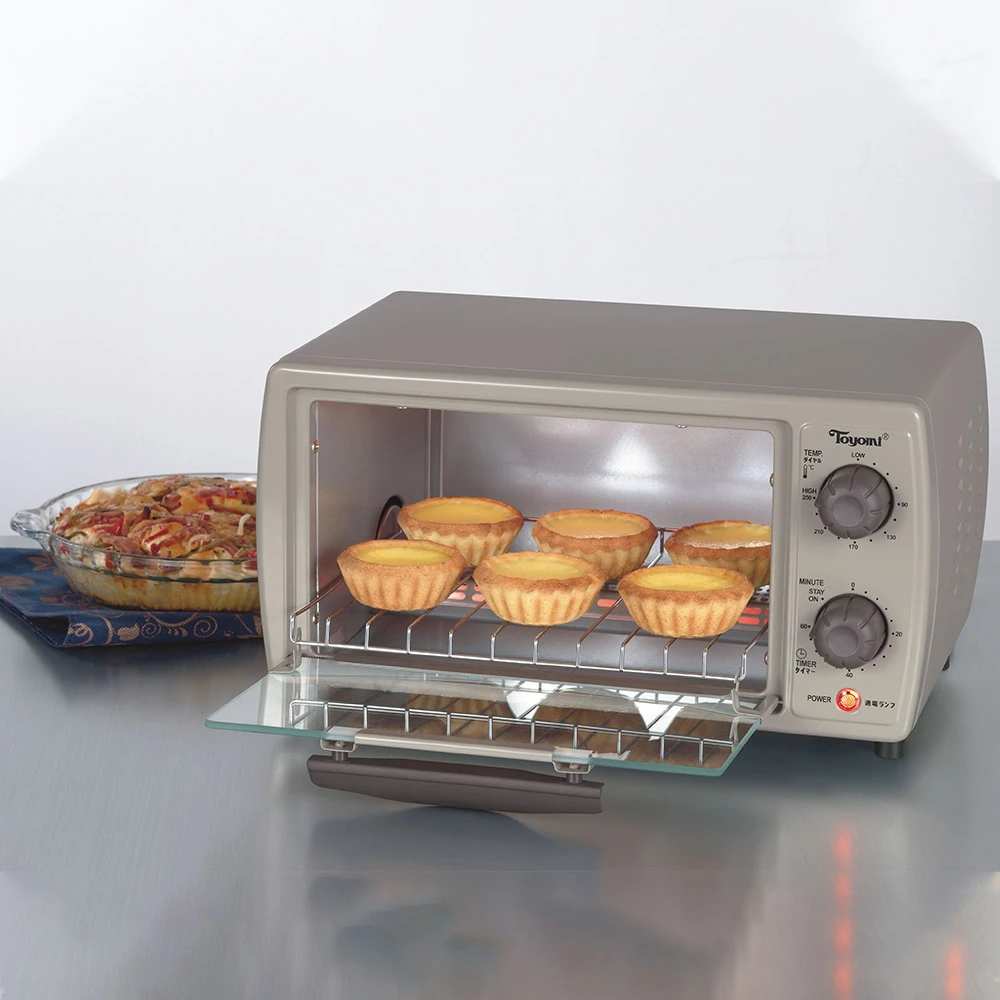 Toaster ovens use 1/3 to ½ the amount of energy that a regular oven uses
Toaster ovens use 1/3 to ½ the amount of energy that a regular oven uses
Image credit: Toyomi
Additionally, if you live in a small household or have yet to give your new BTO a makeover, you can save even more energy by switching to smaller appliances. For example, consider using a toaster oven instead of a regular oven for your baking needs.
3. Calculate carbon emissions based on lifestyle habits
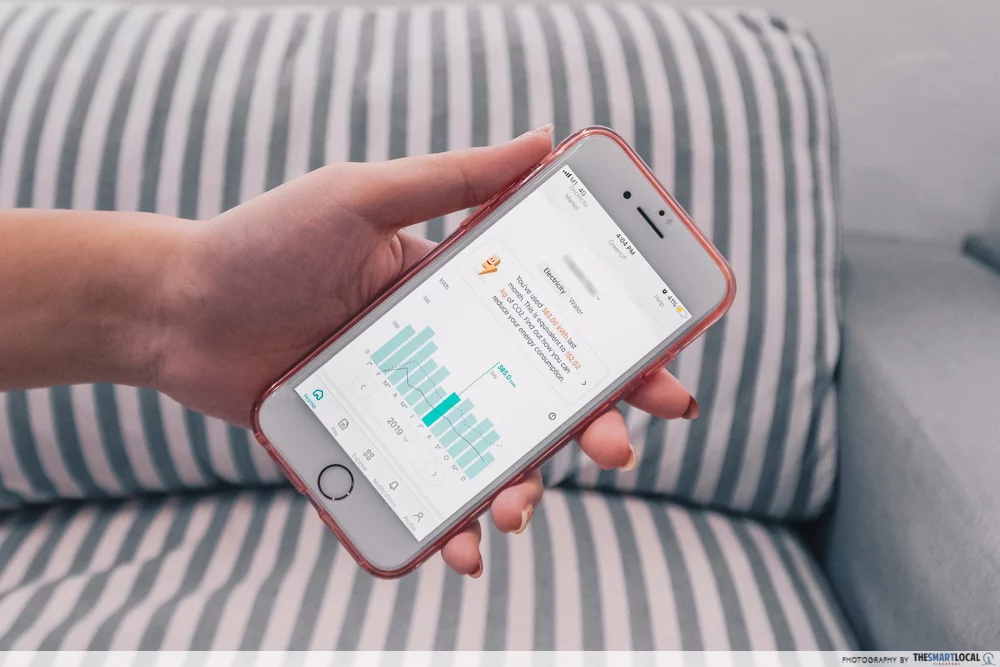
The more energy we use = the more CO2 we emit, so by wasting energy, we’re effectively contributing to climate change.
Fortunately, apps like SP Utilities help put things into perspective with the Carbon Footprint feature that allows us to calculate our estimated carbon footprint. How it does this is by analysing our seemingly-innocent habits like the things we eat to calculate the amount of carbon emissions we give off individually.
 The in-app carbon footprint calculator can give us a clearer idea of the amount of carbon emissions generated to help us find room for improvement.
The in-app carbon footprint calculator can give us a clearer idea of the amount of carbon emissions generated to help us find room for improvement.
You can also use the app to track your energy consumption with in-app tips, as well as a monthly overview of your household’s energy consumption. To view these numbers, all you need to do is link your Utilities account to your SP Utilities app, and you’re pretty much set.
By knowing your personal contributions to the environment, you might just think twice before leaving your fridge door open while pouring a glass of water.
4. Wipe your stove tops after every cooking session
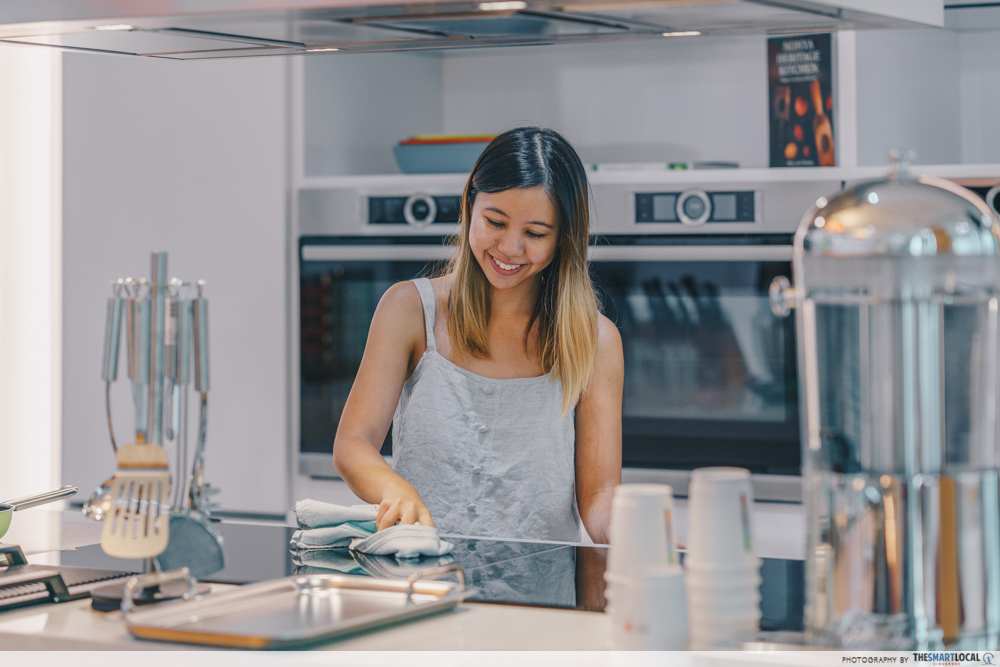
The blackened bits you see around your burner aren’t just an eyesore – they may also be the hidden culprit behind your excessive energy usage as well. By absorbing a ton of heat, these “dirt” will cause additional time needed to heat up the pan.
That’s why we should make it a habit of wiping down the stove after every cooking session. Doing so isn’t just for hygiene’s sake but to ensure your stove functions at maximum efficiency.
If your burner is covered with tougher stains, simply leave some mould remover or a mixture of vinegar and baking soda on top of them. After about 10-15 minutes, it should come off easily by wiping it with a damp cloth.
5. Cover your pots while cooking
While you’re whipping up a curry or soup for dinner, avoid peeking under the lid every so often. It’s tempting to keep checking, but by ignoring those itchy fingers, you’ll cook your food quicker and use a lower heat level at the same time.
Similarly, avoid opening your oven door whenever you’re baking a treat. While it’s okay to check just once, avoid doing so repeatedly. Excessive opening would release all that pent-up heat, which means that your poor oven has to squander extra energy just to heat the interior back up.
6. Cook meals in bulk
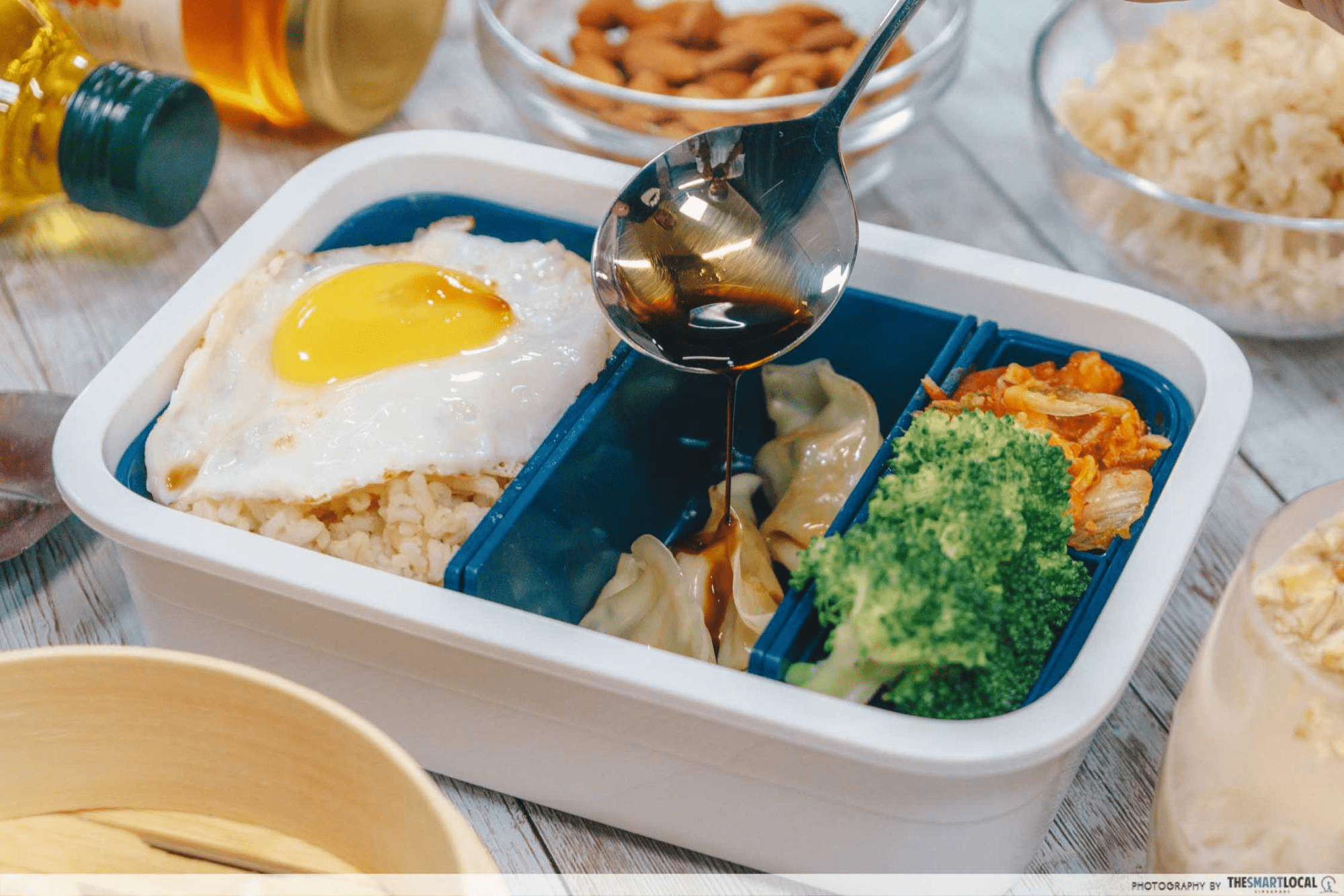 You can even prep your meals beforehand after cooking in bulk
You can even prep your meals beforehand after cooking in bulk
Apart from sparing you that daily lunchtime dilemma of deciding what to eat, cooking in bulk can also save you some cash and reduce your carbon emissions.
Simply put, it uses much less energy as compared to firing up the stove every time you want to cook something. Even if you have tons of leftovers after that, you can pop it in the fridge or freezer and reheat whenever you’re feeling peckish – just remember to use a microwave to do so, as it also uses less energy than a stove.
It’s also a great way to kickstart a healthy meal-prepping habit – not only will you be saving your wallet and electricity consumption, but perhaps even your waistline!
7. Cool your food down before storing it in the fridge
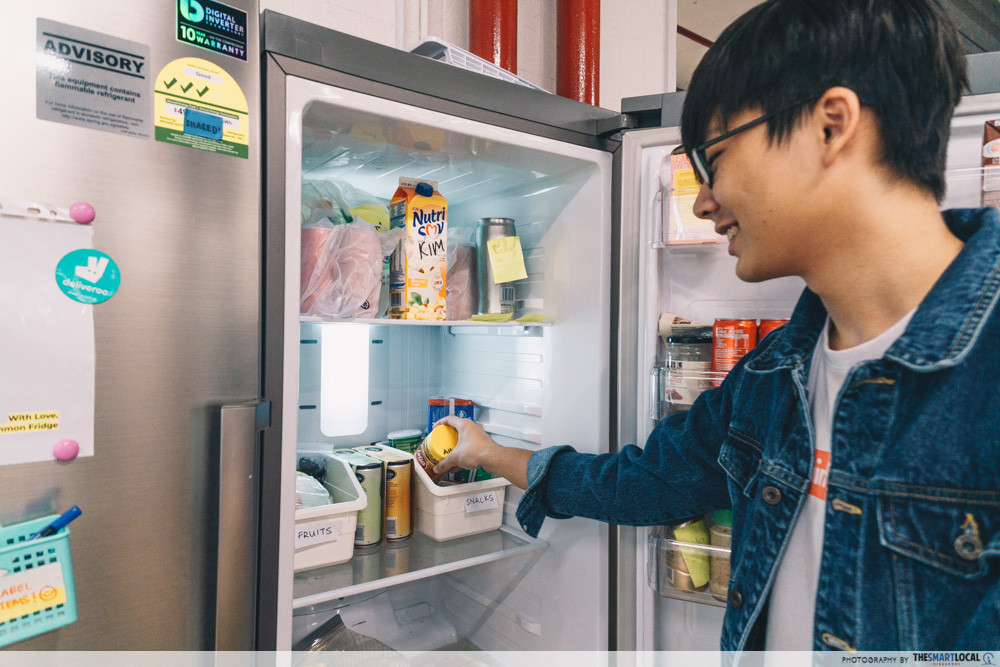
If you’ve already jumped on the meal prep bandwagon, here’s a mistake you might be guilty of. Stowing your food away while it is still hot, will heat your fridge interior up – which, alas, will translate into more energy expenditure.
Essentially, a fridge works the same way as an air-conditioner. Any bursts of warm air within it, and it’ll have to work doubly hard to bring the temperature back down again.
So for your next batch of leftovers, cool it to room temperature first before storing it. And while we’re on the topic of habits to correct, do also make sure to cover all liquids in the fridge. Otherwise, the moisture from these liquids will escape into the fridge, which will cause your compressor to work doubly hard to keep the air inside dry and frost-free.
Cooking tips to save electricity and reduce carbon footprint
With climate changes, finding ways to cut down our energy consumption and carbon footprint should be top priority. With these easy cooking tips that minimise your electricity usage, you won’t just be shaving precious dollars off your household bills.
In fact, you’ll also be reducing wastage and carbon emissions – a first step towards sustainable living and a cleaner environment.
Reduce your carbon emissions with the SP Utilities app
Sustainable living may sound like a difficult thing to achieve, but in reality, all it requires is simple lifestyle changes. Other than finding ways to keep the bills low, you can also calculate an estimation of your carbon footprint to figure out which habits to tweak.
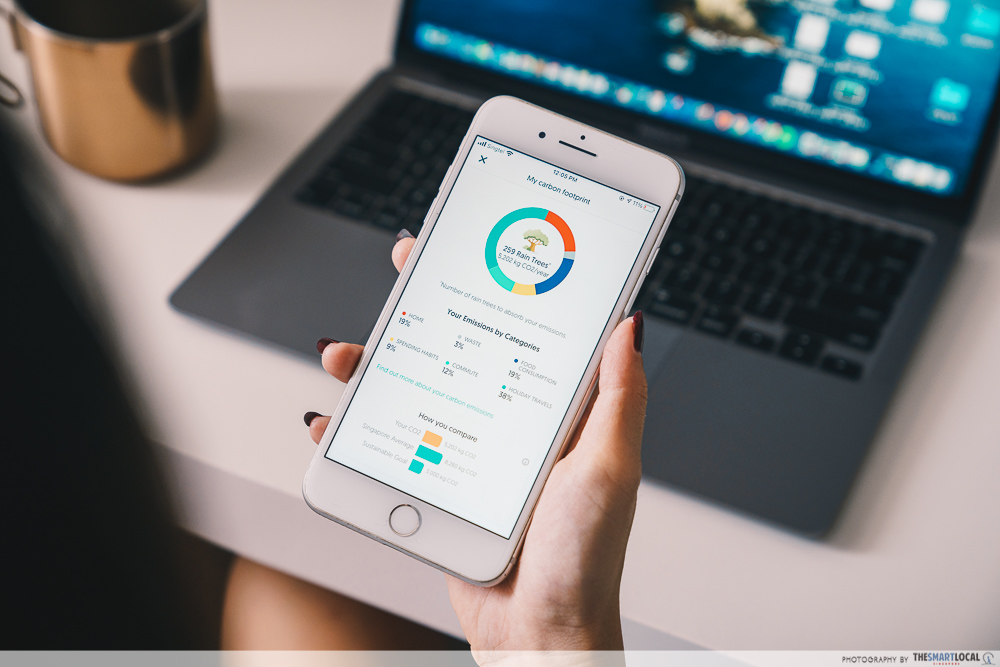 Key in your routine in the SP Utilities app and they will estimate how much carbon emissions your lifestyle has been producing
Key in your routine in the SP Utilities app and they will estimate how much carbon emissions your lifestyle has been producing
You can use the newly-launched carbon footprint calculator on the SP Utilities app, also available on a web version, which calculates your personal carbon emissions based on your lifestyle habits.
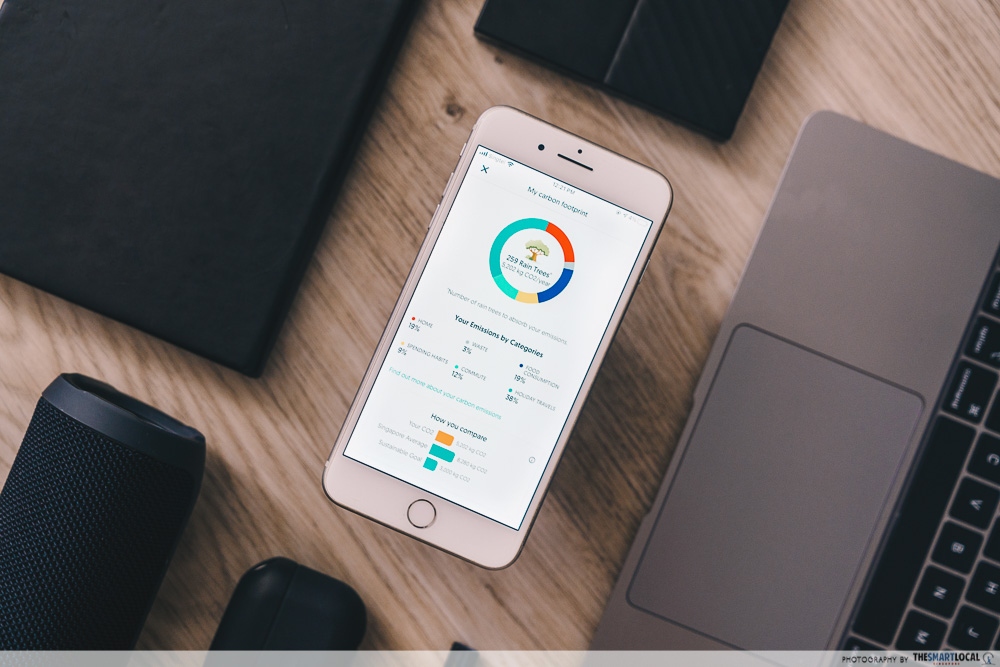
Before pulling up the numbers, the app will prompt you to complete a quick quiz that zeroes in on 6 categories – Utilities, Home, Waste, Food Consumption, Spending Habits, and Holiday Travel. You’ll then be able to see your impact on climate change, which includes the number of rain trees needed to absorb your carbon emissions, level of carbon emissions as compared with the Singapore average, and tips to reduce it.
You can also use the app to track your energy consumption. All you need to do is to link your Utilities account to the app, and voila – you can view all your monthly energy expenditures, and pay them with just a tap of a button.
While many Singaporeans have shifted towards a more sustainable way of life, we may be unknowingly wasting energy within our own homes, such as our cooking habits. To nip any unknowing bad practices in the bud ASAP, download the SP Utilities app on the App Store or Google Play to kickstart your journey towards better sustainable living.
Consume energy more efficiently with SP’s carbon footprint calculator here
This post was brought to you by SP Group.
